The mysterious long-abandoned multi-storey 'house' with windows built into a gap between sea cliffs
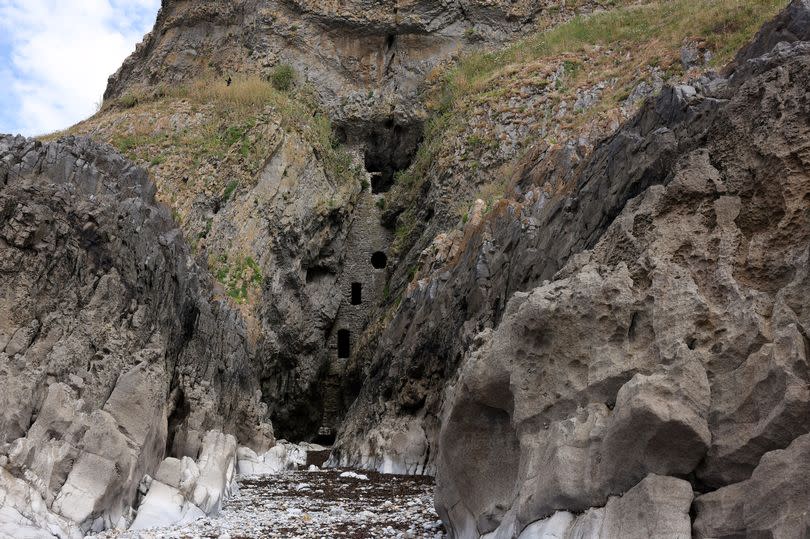
Wales is blessed with miles of striking coastline just calling out to be explored. From larger beaches with all the facilities to smaller, hidden coves with nothing but sand, pebbles or bare rock; there's something special about going for a walk along the rocks or a clifftop path, or scouting out your own route, unsure of what you'll find.
Two hundred years ago, smugglers used many of the coves and caves in the Gower peninsula to hide their contraband. Brandy Cove, Pwll Du and Port Eynon Bay are particularly locally-renowned for once hosting smugglers, including the infamous William Hawkin Arthur, as each cove is only accessible by foot, so the unloading of stolen tobacco and alcohol could be hidden from prying eyes.
And within the cliffs surrounding Port Eynon, there's a particularly striking place that some people believe was once a smugglers' hotbed - and even today, it's certainly somewhere you could hide things away from the world!
THINGS TO DO WALES: This restaurant has got one of Wales' best views hidden away out the back
GOWER: Come Dine With Me winner takes over pub in Welsh beauty spot
Culver Hole is believed to have been built in the 13th or 14th century as a dovecote, a breeding shelter for pigeons. At the time, pigeons were a popular delicacy and having a shelter in the cliff meant the birds were well-protected from the elements and easy to catch, when needed.
But by the 18th and 19th century the pigeons had a more pressing role. According to legend, some smugglers used the pigeons as letter-carriers, sending news of their smuggles to the few people they trusted. One such smuggler was John Lucas, who rather considered himself something of a Robin Hood figure spoiling smuggling trips by sharing stolen goods with the poor, is thought to have cultivated a cave deep within Culver Hole.
Lucas's cave-within-a-cave was reportedly large enough to fit a man and a horse through and Lucas apparently transported stolen goods from Culver Hole to the nearby salt house on the Port Eynon headland, another spot with a reputation locally for being a base for smugglers.
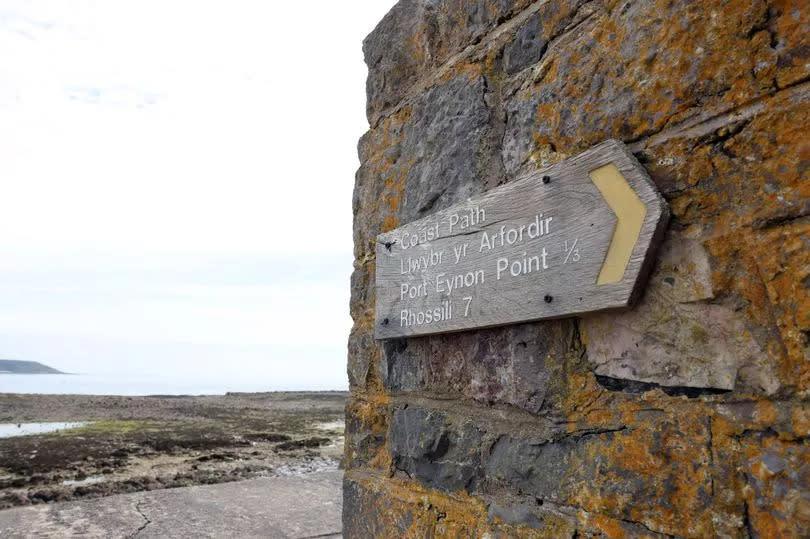
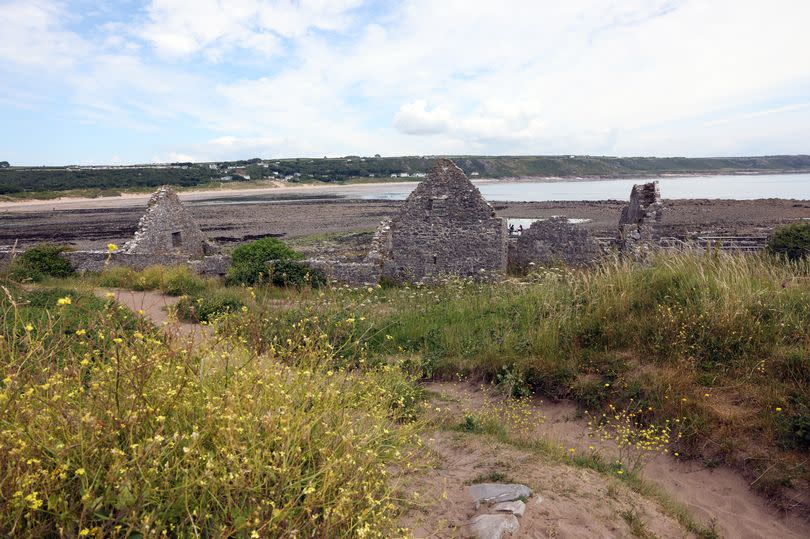
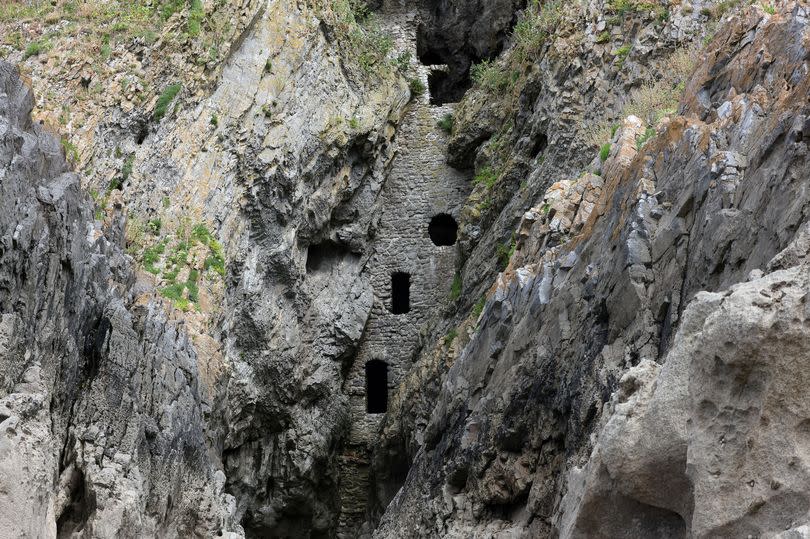
Discussing the salt house and local legend, the National Trust's heritage records state: "The so-called historical annotation of the Lucas family claimed the building was erected in the mid 16th century, and fortified by John Lucas, who apparently also fortified Culver Hole, connecting the two via an underground passage. From this stronghold, aided by a group of lawless men, he engaged piracy, resisting all attempts by the authorities to dislodge him."
Sadly, this legend of the hidden cave may well be just that - a legend. A few months ago, outdoor enthusiast and blogger Chris Knight explored Culver Hole - you can watch his brilliant video on YouTube below - but was unable to find any hidden cave within. That's not to say it wasn't once there, as it may well have been filled-in or covered-up centuries ago, but within the rugged cliffs and treacherous rocks there's unfortunately no obvious entrance to a secret cave today.

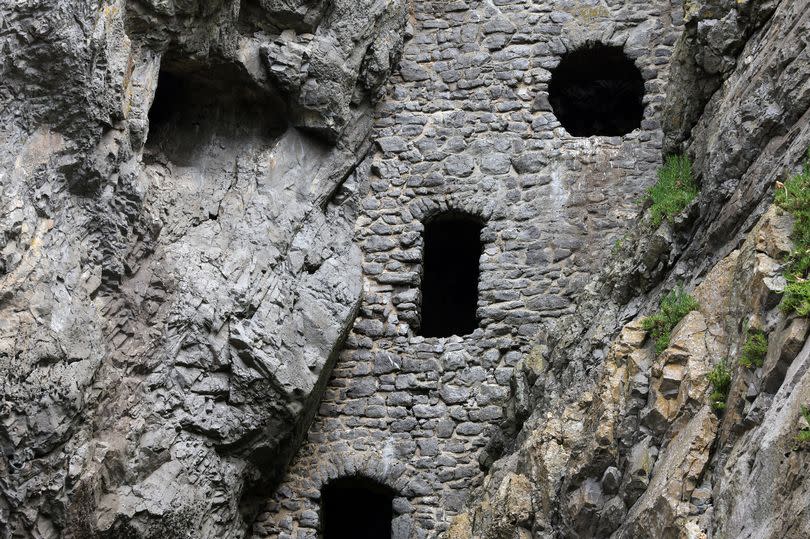
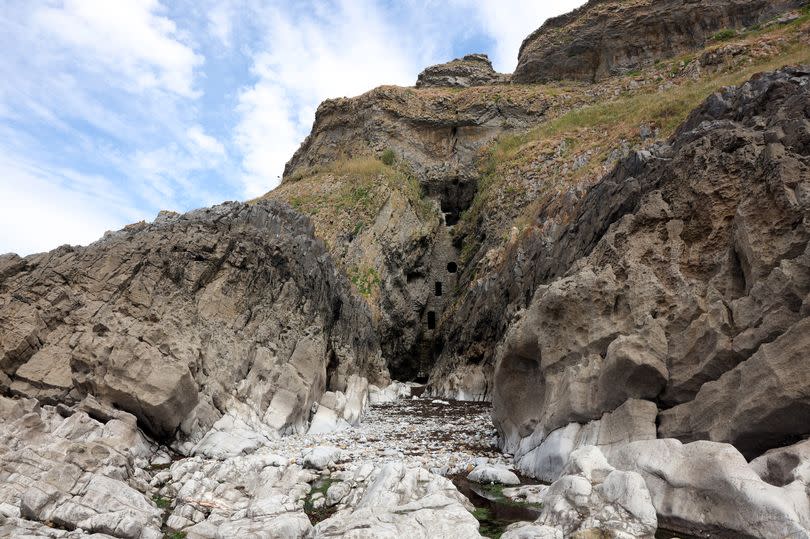
Nonetheless, Culver Hole itself is striking and you can actually get inside and look around! Crafted into the rocky cleft, Culver Hole itself is sealed behind a 60-foot wall with mismatched window holes. With no proper entrance, explorers have to crouch down and crawl into the cave - but it is tricky to get any further.
Taking care, ramblers can stand and climb the rocks up to the window holes, which give an elevated vista of the bay outside and an impressive view of the cave below you. Sensible shoes and a good torch are a must, though. And you can only access Culver Hole during mid-low tide so it's vital to check tide times.
The caves, the cliffs and the bay look like they belong in The Goonies or in a Famous Five book. It's surprising no Hollywood crews have flown down to film there - though they'd struggle to get all their equipment through the gap beneath the wall!
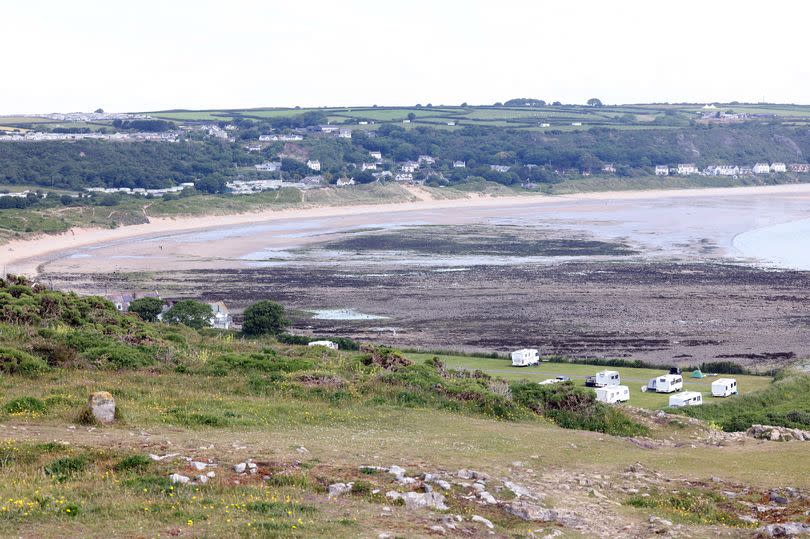

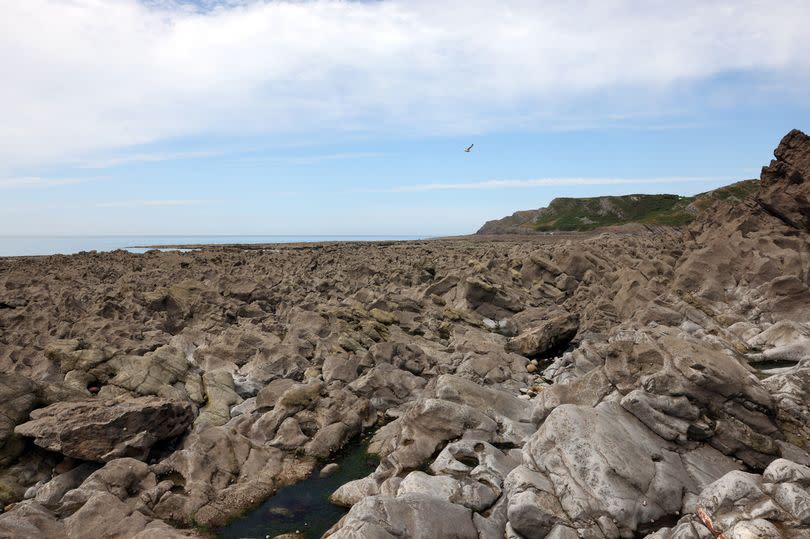
Sharing what he thought when he ventured inside the cave last year, Chris Knight wrote on his online blog: "Access inside the rocky cleft is via a small opening at the bottom of the concrete wall. This can sometimes be blocked off if there has been stormy weather. It’s rather dark inside so it will take some time for your eyes to adjust. You are able to climb up and explore the higher levels of culver hole via a rather sketchy bit of old rope which dangles from the lowest window.
"Having been up there myself, I wouldn’t recommend the effort of trying to get up! Not only is the climb up very difficult, but inside the walls are also covered in pigeon s***, which will ultimately only result in you getting it all over your hands and clothes. Furthermore there really isn't much to see once you're actually up there as there are no hidden passageways and the view back outside is rather limited."

 Yahoo News
Yahoo News 
